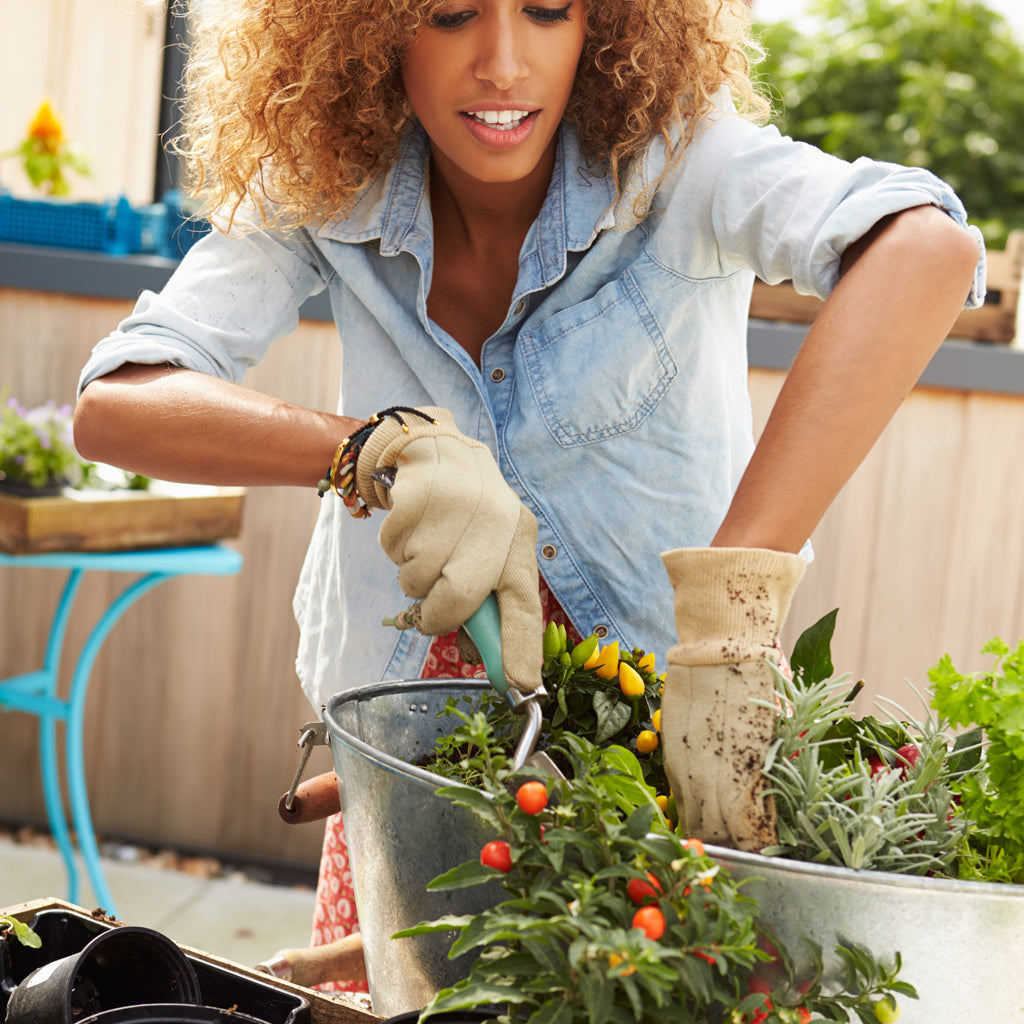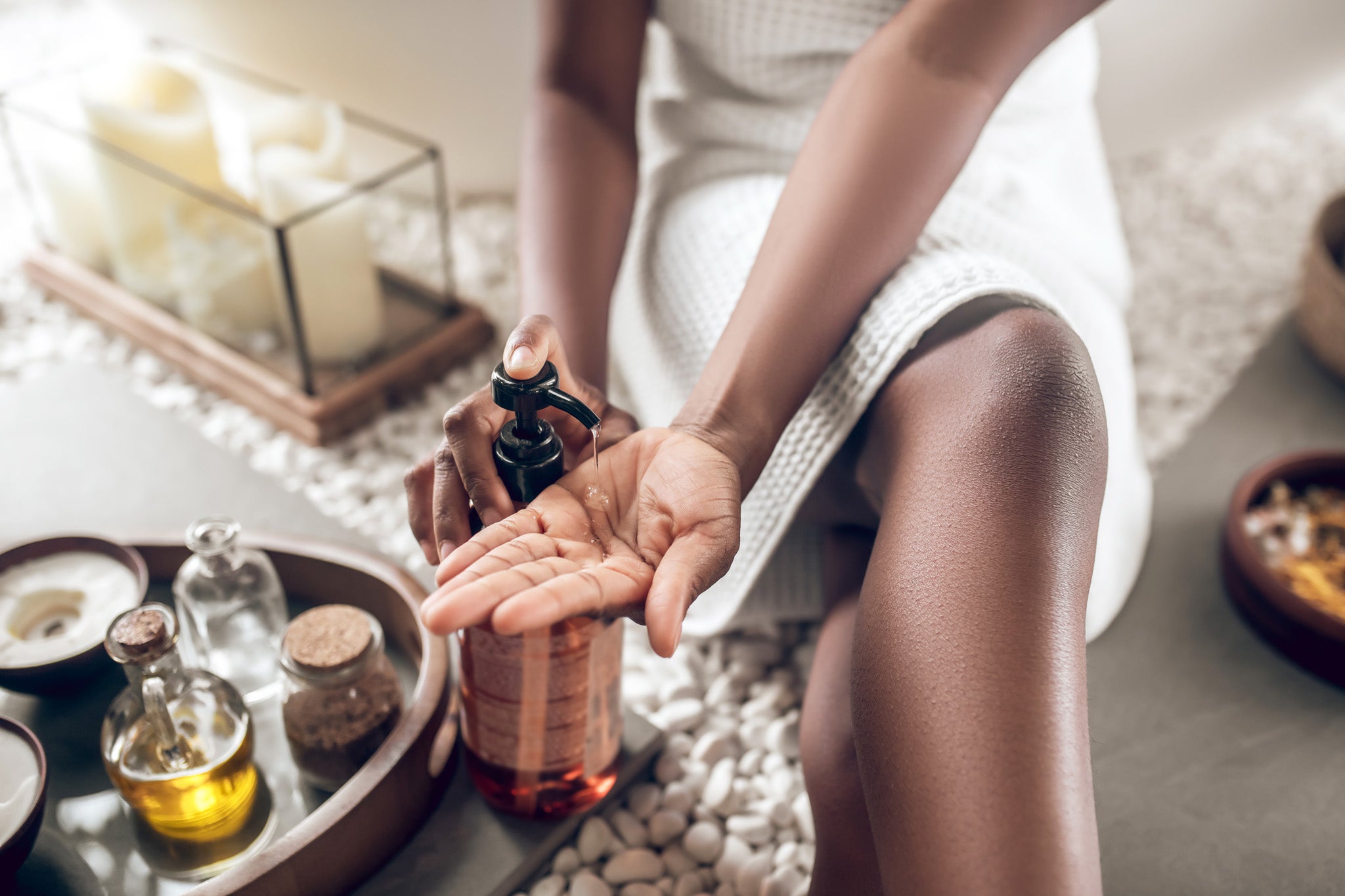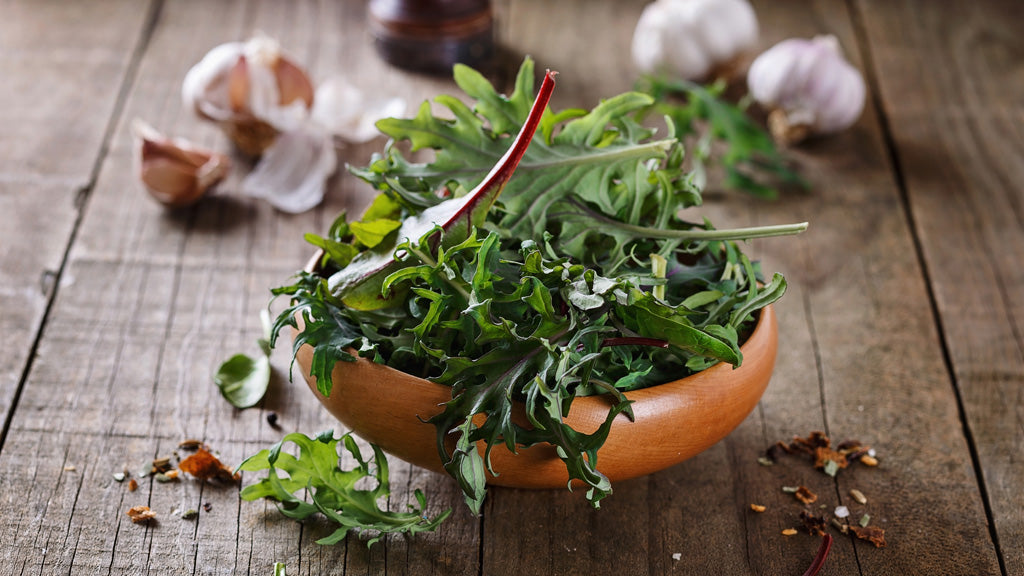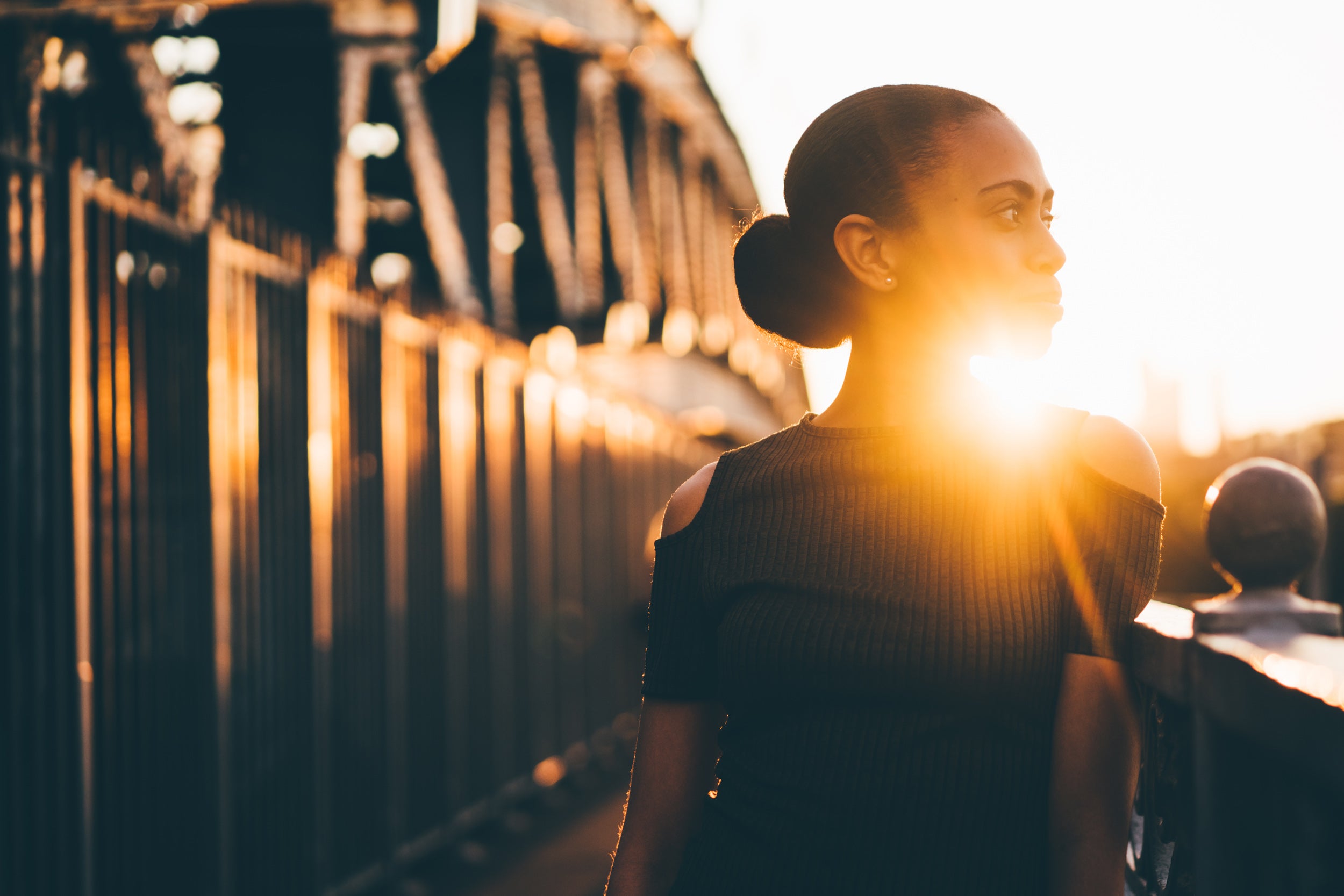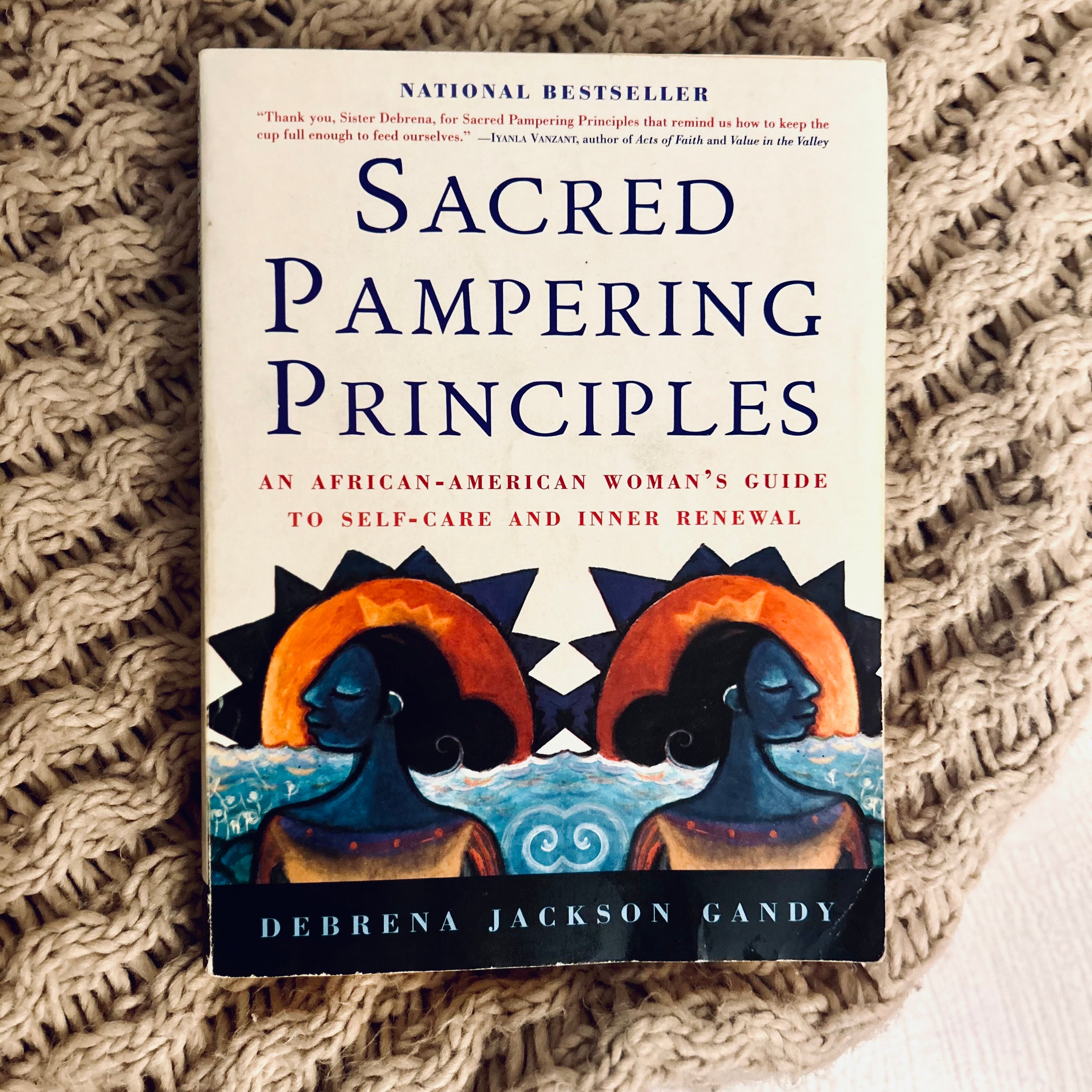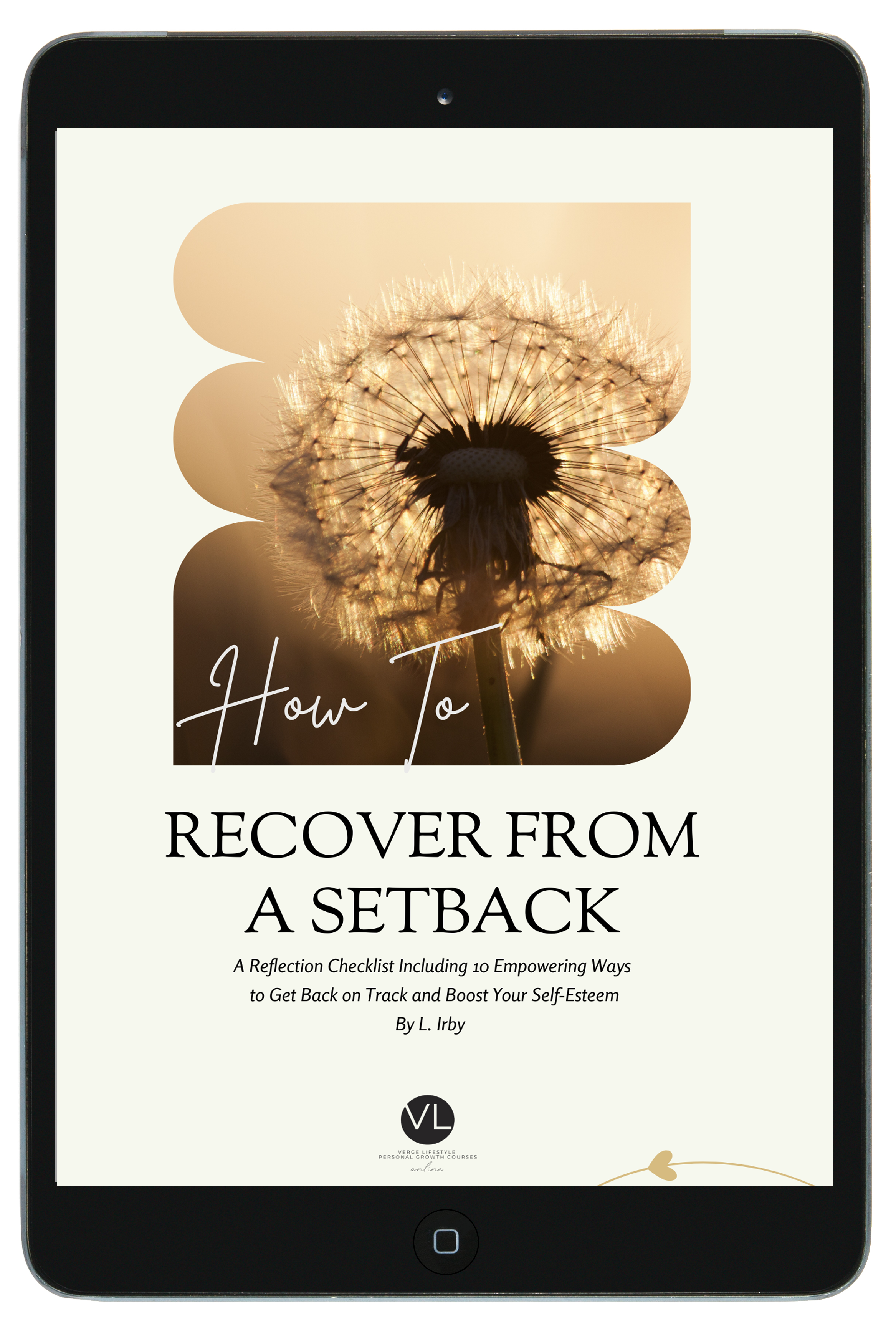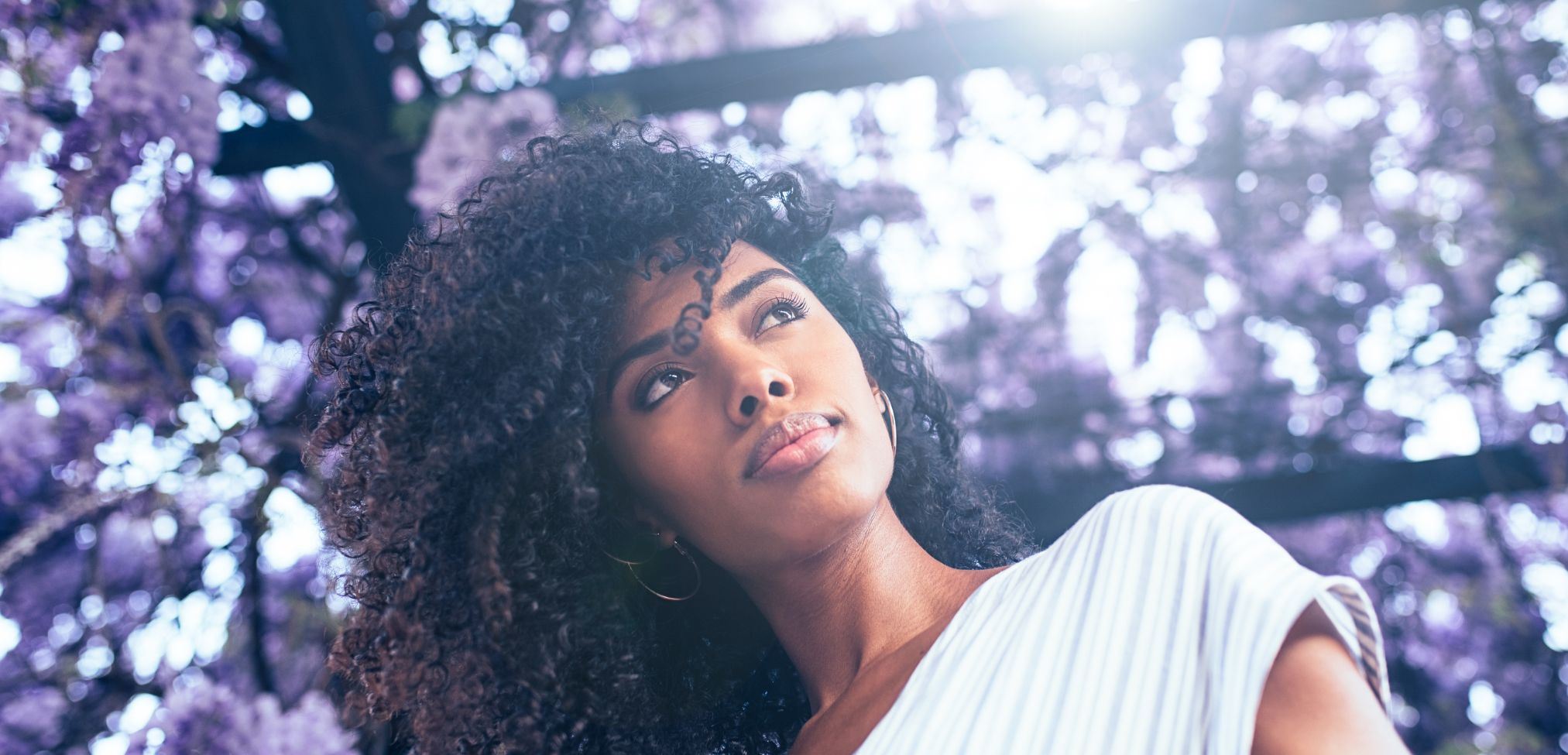
In recent months, the world around us has changed dramatically. The spread of COVID-19 and the surrounding changes in policy to cope with this societal threat has led to a major shift in public mood. Naturally, amongst all of this uncertainty, Americans are suffering from major anxiety; not only due to the existence of the coronavirus but also from the repercussions of the pandemic, the changes in policy, and the potential fallout from the economic downturn.
To better understand how COVID-19 has changed the way people feel on a day-to-day basis in regard to key areas of their lives, market researchers at Spruce Natural Labs, an alternative health and wellness company, conducted a survey of adults in the U.S.
The survey included a variety of questions about their current state of mind, their pre-COVID state of mind, and how they are feeling about the situation today. Over 1,300 people responded to offer feedback and discuss their experiences with the quarantine. The researchers analyzed the responses and compiled the results below:
Anxiety Levels Before and After the COVID-19 Pandemic

Participants were asked to rate their day-to-day anxiety level before COVID-19 and after COVID-19 on a scale of 1-10, 10 being the highest. Before the pandemic, Baby Boomers generally felt anxiety the least in comparison with the other groups. However, Baby Boomers jumped from 4 to 6 on the anxiety scale on average, while Gen X and Gen Z each gained one full ranking on the anxiety scale, going from 5 to 6. The pandemic seemed to equalize feelings of anxiety among these groups.
On average, Millennials had the highest post-COVID-19 anxiety level, having jumped from an average of 5 to 7 during the pandemic.
Areas of Life in Which People Felt Most Uncertain
On the whole, everyone felt more anxiety on a daily basis during the pandemic than they did before. So, researchers wanted to understand what aspect of life was causing the most anxiety for people. While the majority of people in every generation reported that their anxiety stemmed from the fear of wanting their loved ones to stay healthy, the survey also revealed that in some generations, the major stressors were more mixed.

Nearly 1 in 4 Millennials reported that the economic situation has caused them more stress than the fear of getting sick, and more than 15% of Gen Z said that the most anxiety they had came from being isolated from their family or friends. However, nearly 3 of 4 Baby Boomers and over half of Gen X respondents said that the health of their loved ones was the biggest source of stress in their lives.
Most Common Source of Anxiety Before and After the COVID-19 Pandemic
Before COVID-19, the most common source of anxiety came from people’s work or job. Politics, physical health, and family were some of the least common categories to be a main source of anxiety. However, as the pandemic has swept the nation, times have changed.

While work is still the most common stressor, family, politics and news, and physical health are close behind. It’s clear that the quarantine and the threat of illness have dramatically changed people’s priorities. In addition, the political landscape has people worried about how the uncertain situation will be handled by elected officials.
COVID-19 Affects on Workplace Status

The option of working from home used to be seen as a perk given to employees by forward-thinking companies. Today, however, everyone is tethered to their homes, and working from home is a necessity that allows people to continue to contribute to their companies while quarantined. According to the research respondents, Millennials and Gen X ranked highest as the most likely generation to be working from home and also most likely to have to go into their place of work. Baby Boomers and Gen Z were among those most likely to be unable to work in the current quarantine situation.
To learn more about Spruce Natural Labs and their alternative health and wellness products and tips, visit: takespruce.com.
Photograph by Bara Buri
| Read more health and wellness tips in the digital issues of VERGE Lifestyle & Urban Culture magazine. Click here to shop the latest issues now and become inspired! |

